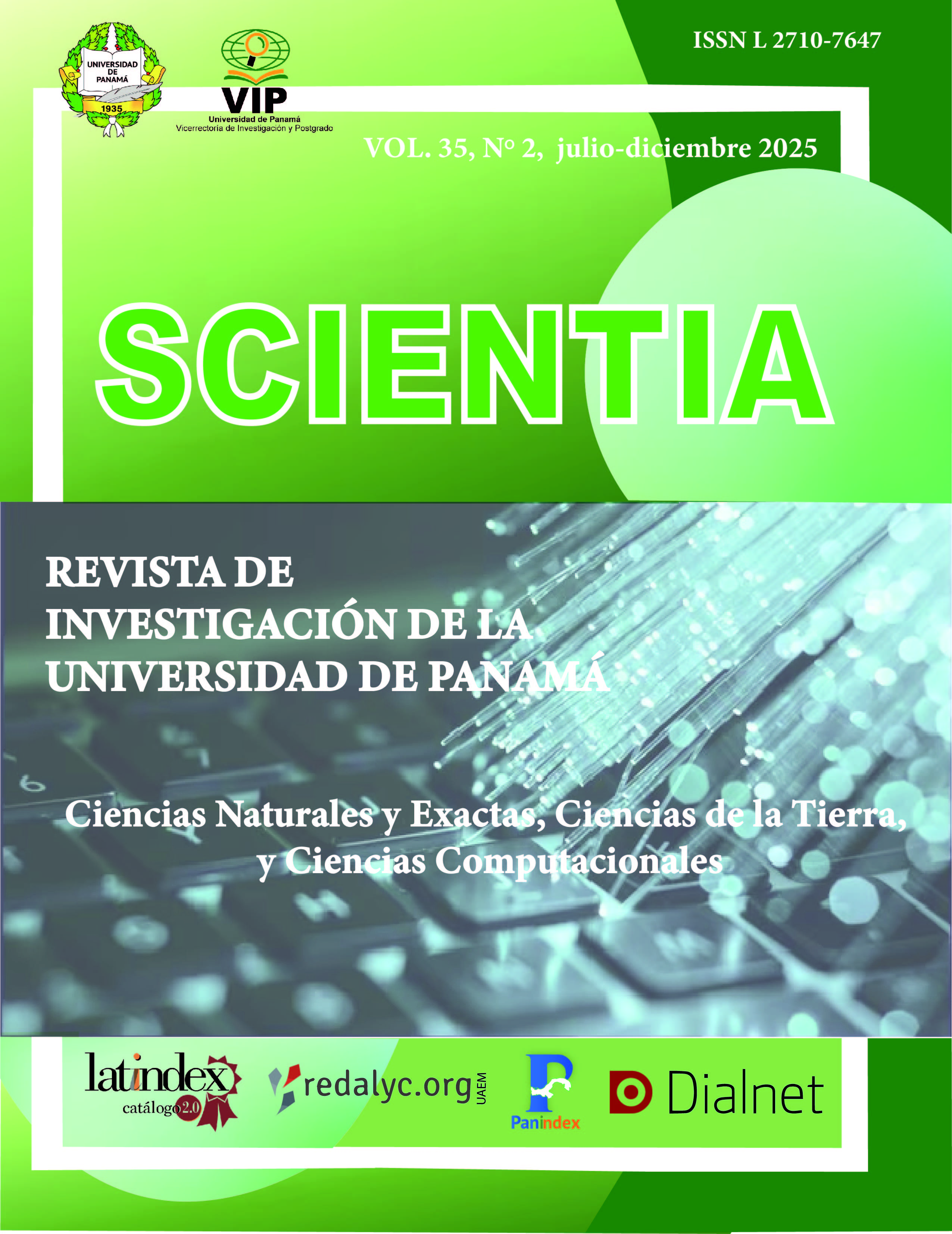

Direitos de Autor (c) 2025 Scientia

Este trabalho encontra-se publicado com a Licença Internacional Creative Commons Atribuição-NãoComercial-CompartilhaIgual 4.0.
Mollusk populations and their trophic level were analyzed at three stations with different degrees of exposure to waves (exposed area and protected area) on the rocky coast of La Restingue, Cerro Hoya National Park, Gulf of Montijo, Veraguas province. Biological material was collected manually, and specimens were preserved in jars with 70% alcohol. They were determined, counted and recorded in the National Reference Collection of the Malacology Museum of the University of Panama (MUAMUP) in the laboratory. The total abundance of species and specific evidence were determined and through a bibliographic review each species was assigned its trophic category, classifying them as: herbivores, filter feeders, suspension feeders, carnivores, scavengers, herbivore-filter feeders, herbivore-detritivores, and carnivore-herbivores. A total of 290 individuals were obtained; represented by seventy-seven species corresponding to the classes Gastropoda (64) and Bivalvia (13); contained in thirty-eight families. Herbivores were the dominant group (36.36%), followed by carnivores (35.06%), filter feeders (16.88%), suspension feeders (2.60%), scavengers (2.60%), herbivore-filter feeders (2.60%), carnivore-herbivore (2.60%) and herbivore-detritivore (1.30%). Herbivorous species, filter feeders and herbivore-filter feeders (54.54%) dominated in the protected area, while in the exposed area, they were carnivores and herbivores. The constant species in two of the three stations during the study period was the herbivore Littorina aspera Philippi, 1846. It can be deduced that the distribution of mollusks and the different trophic groups may be controlled by morphological adaptations, as well as the level of exposure to waves and substrate composition.